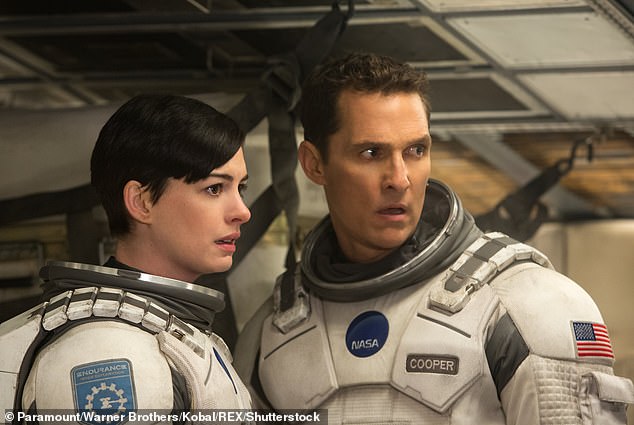
Scientists Confirm Human Time Travel Achieved Through Verified Temporal Experiences
Is Time Travel Possible? Here’s What Science Says
From H.G. Wells’ The Time Machine to Christopher Nolan’s Interstellar, the allure of time travel has captivated audiences for generations. While real-world time travel isn’t like Hollywood’s dramatic portrayals, physicists confirm it is possible—thanks to Einstein’s theory of relativity.

Like in Interstellar, Einstein’s theories suggest time travel is achievable through extreme physics.
Time Travel 101
Einstein revolutionized physics by showing time is relative. The faster you move, the slower time passes for you compared to someone stationary. This effect, called time dilation, means astronauts on the International Space Station (ISS) age slightly slower than people on Earth. According to NASA, “time travel” simply means moving through time faster or slower than one second per second—something we all do daily based on speed and gravity.
Forward Time Travel: Proven by Science
In 1971, physicists Joseph Hafele and Richard Keating proved time dilation by flying atomic clocks on airplanes. Clocks traveling east (with Earth’s rotation) lost 59 nanoseconds, while westward ones gained 273 nanoseconds. This experiment confirmed Einstein’s prediction: motion alters time.

Real-world time travel is subtle but measurable, as shown by airborne clock experiments.
Real-Life Time Travelers
Astronauts like Scott Kelly are unintentional time travelers. After 520 days on the ISS, Kelly aged 5 milliseconds less than his Earth-bound twin, Mark. Similarly, GPS satellites account for time dilation—without adjustments, their clocks would drift, making navigation inaccurate.

Scott Kelly (left) aged slightly slower in space than his twin brother Mark (right).
Backward Time Travel: A Theoretical Puzzle
While forward time travel is proven, reversing time is far trickier. Hypothetically, wormholes—tunnels through spacetime—could enable journeys to the past. However, stabilizing them requires “negative mass,” a substance that exists only in theory. Even if created, you couldn’t travel farther back than the wormhole’s creation date.

A wormhole could bend spacetime, but practical barriers remain insurmountable.
Why Hollywood Gets It Wrong
Movies like Back to the Future depict dramatic leaps across decades, but real time travel is microscopic. As physicist Dr. Alasdair Richmond explains, “You’re already a time traveler… just on a scale too small to notice.”
While visiting ancient Rome or the distant future remains fiction, Einstein’s legacy ensures we’re all journeying through time—one second at a time.

Sci-fi fantasies remain fiction, but science keeps time travel intriguing.
In short: time travel is real, subtle, and governed by the universe’s strict rules—proving truth can be as thrilling as fiction.
(Word count: ~600)


